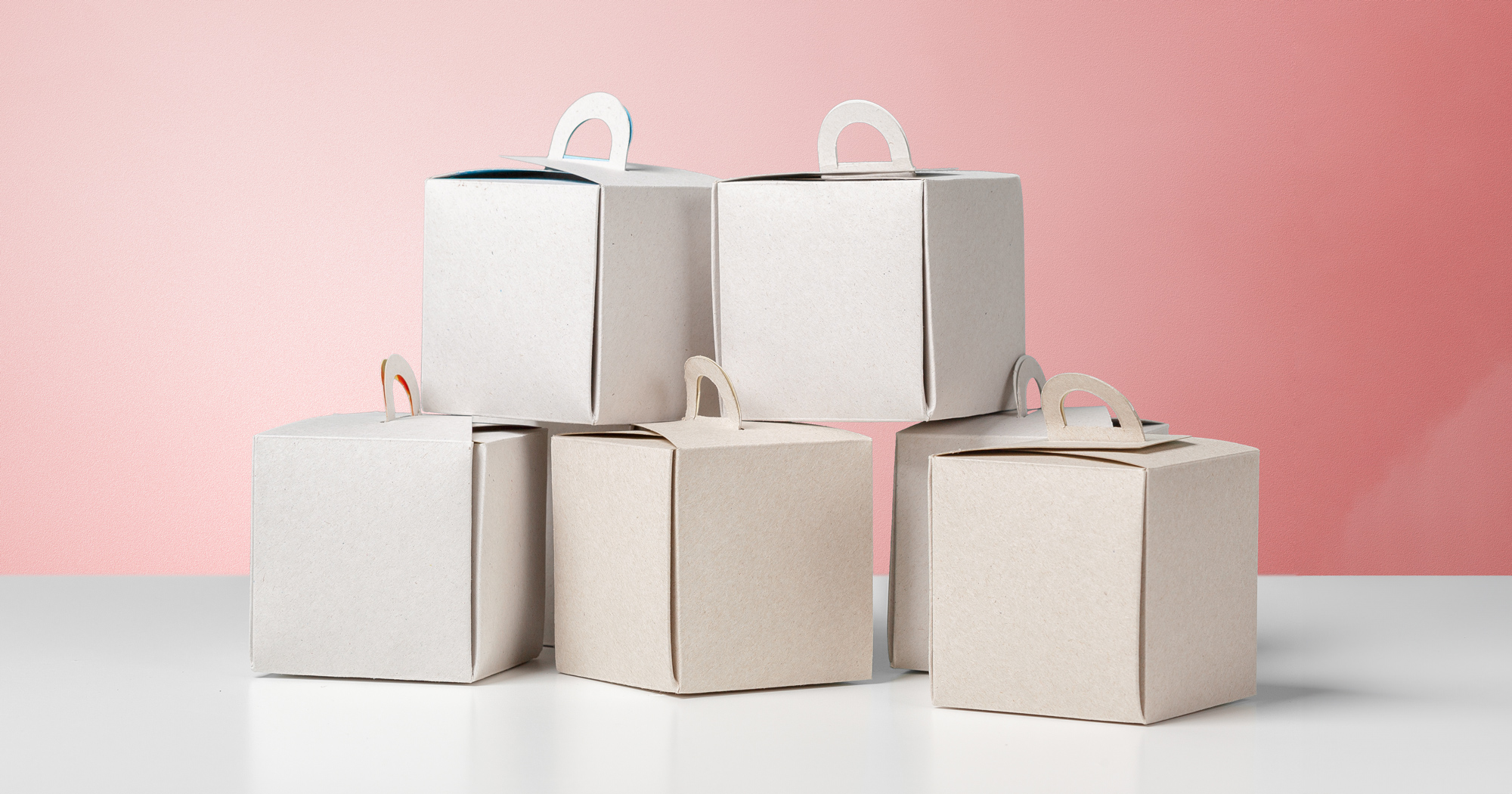Environmental consciousness among businesses, manufacturers, and customers alike has surged in recent years. Greater emphasis on sustainability has prompted businesses to rethink their packaging, manufacturers to reconsider their production methods, and customers to reevaluate their purchasing decisions. According to current research, 72% of surveyed consumers actively purchased more environmentally friendly products than they did five years ago. That same study showed that 81% expected to continue those purchasing habits.
With customers seeking out sustainable options, now’s the time for businesses to make the switch to environmentally friendly packaging if they haven’t already. Fortunately, there are simple and effective ways to transition to more sustainable product packaging that can even help businesses save on costs.
What Is Sustainable Packaging?
Sustainable packaging refers to the design, production, and use of materials for packaging that minimize environmental impact across their lifecycle. Eco-friendly packaging:
- Limits resource consumption
- Reduces emissions and carbon footprint
- Cuts down on waste
- Saves on transport, storage, and material costs
- Shows environmental responsibility to consumers
How to Make Packaging More Sustainable
Reduce Packaging Size
Packaging is all about ensuring the product inside reaches customers in top condition. However, packaging can sometimes surpass the actual needs of its content. Packaging can be too large, leaving a sizable amount of air inside. Some manufacturers choose to fill that space with packaging filler for an extra layer of protection. However, those choices can come across as wasteful to consumers. In one study, 81% of surveyed consumers think companies use more packaging than necessary.
Opting for smaller, more true-to-size packaging dimensions not only addresses customer concerns but also allows for more efficient transportation, minimizing the carbon footprint associated with shipping goods. Eliminating additional packaging materials like filler can further decrease costs and reduce disposal burdens often placed on buyers.
Use More Sustainable Materials
Changing the materials used to create your packaging plays a major role in sustainability efforts. Using biodegradable or recyclable packaging materials, including paperboard, significantly reduces environmental impact, landfill waste, and resource use. Moreover, 68% of consumers said they were more likely to purchase products packaged in paper or cardboard over plastic alternatives.
Folding cartons are a highly versatile packaging option made with sustainable paperboard materials. Some of these materials include:
Clay Coated Newsback (CCN)
This lightweight material is made from 100% recycled fiber and features a double clay-coated surface for high-quality printing and graphics.
Solid Bleach Sulphate (SBS)
This medium-density material is made from virgin wood pulp bleached and coated with a mineral coating.
Coated Recycled Board (CRB)
A double-layer board with a recycled paperboard top liner and a thicker second ply made from recycled OCC, or old corrugated containers.
Choose a Partner that Focuses on Sustainability
Working with a packaging company that emphasizes sustainability is a great way to foster green practices. Look for companies that have SFI® Certified Sourcing and Chain of Custody Standards as well as FSC® Chain of Custody Standards. These certifications demonstrate sustainable development, recycling, and biodegradability measures and show that companies source their materials from certified and non-controversial sources.


